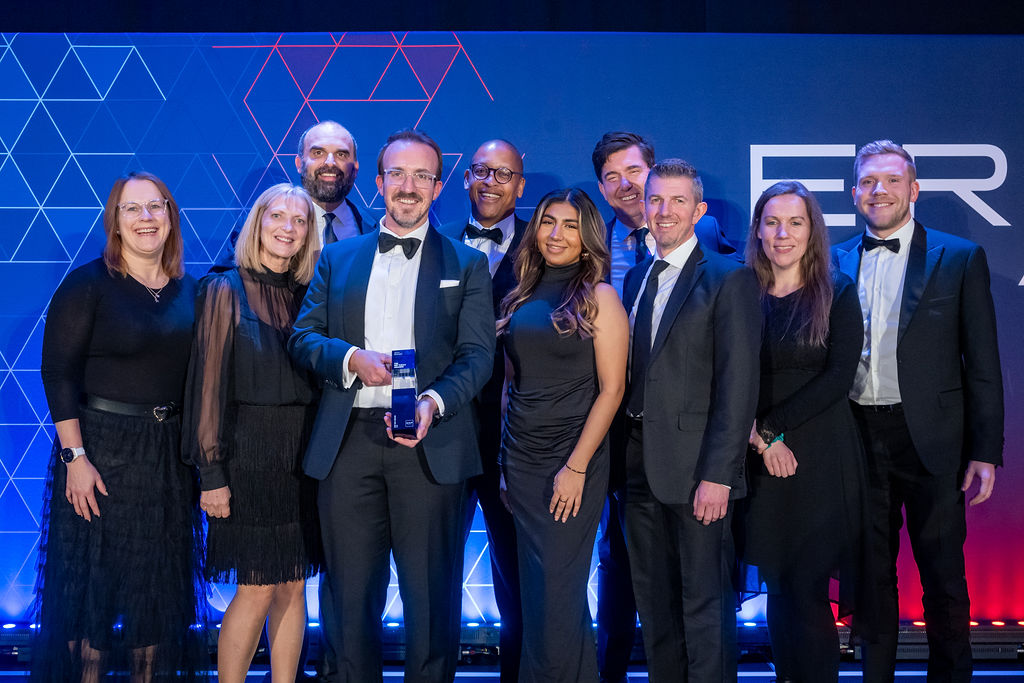In a previous editorial, I quoted Tom Peters who famously said: “If you’re not confused, you’re not paying attention” – but that sentiment is already outdated. Why should we be confused? Surely, the incredible bounds in technological capability should be making our lives easier and simpler? What is the point of all this capability if it is not making us happier, more productive and better at our jobs?
As I stand back and look at the myriad of opportunities for business leaders I am overwhelmed by the complexity. Businesses adopted cloud solutions to ameliorate the pain of legacy technology but many have replaced the burden of customisations, technical debt and upgrades with a hairball architecture of applications, infrastructure and IoT devices.
ERP solutions are being augmented with innumerable third-party applications that require integration and maintenance; infrastructure and workloads are shared across multiple providers – doubling, tripling and sometimes quadrupling the management burden; devices are capturing unimaginable quantities of data which often slip into a black hole.
As Dan Scarfe eloquently notes later in this issue, we use words like hybrid, multi and edge to describe modern IT architecture when we could just as well replace all those terms with one: complex. Even core applications are looking over-engineered when compared to contemporary developer standards – look under the hood of a modern ERP solution and the elaborate entanglement is baffling. How many ways can you pay an invoice or record a timesheet?
As this complexity increases, I see companies and employees beholden to technology rather than using it to make things work better. The IT landscape for a mid-sized company will include so many different applications, platforms, solutions and gadgets that in many cases technology is hindering productivity, not helping it.
And yet, if a company does not truly embrace digital transformation then they are certain to be left behind: surpassed by competitors using the latest tools, unable to attract talent that demands consumer-grade experiences at work, and passed over by customers who expect the highest digital standards.
In the past, to be successful in business you needed to be good at making something and know how to sell it. That was the simple recipe for success. Today, the life of the widget maker is infinitely more challenging. Products and services are no longer what defines a business or determines its success. A business with a great product that doesn’t have the ability to execute in a digital world will be surpassed by one with an inferior product and a compelling digital strategy. As Bill McDermott comments in our cover story interview, “the business model for the twenty-first century is determined by the IT’s ability to digitally connect with the consumer.”
And that scenario presents a significant challenge for enterprise leaders who have iterated their digital strategy over five or ten years and are now knee-deep in a bewildering array of solutions and services from multiple vendors and partners.
Many are turning to companies like ServiceNow to bring some order to the chaos. Through its workflow platform enterprises have a single pane of glass to interact with existing applications, develop augmentations, create experiences, analyse data and execute outcomes. I liken the ServiceNow platform to an artist’s canvas – the paint and brushes are the tools for digital transformation and the canvas is the control tower on which enterprises can compose their digital vision.
We have all been wrestling with the concept of digital transformation for a decade, but it seems that many – in fact most – have come up short with their efforts. The vast majority of CFOs say that their investments in digital technologies have not yielded the outcomes they had expected. Perhaps, after so much trial and error, there may now be a platform on which all organisations can base their digital futures.




